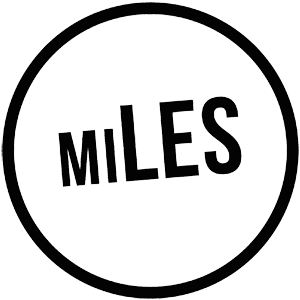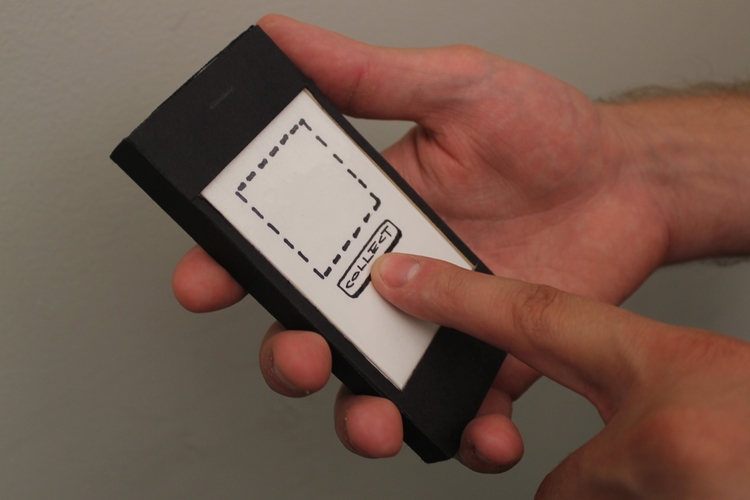ON PROTOTYPING
“A prototype is nothing other than a single question, embodied”
- Diego Rodriquez, IDE
The 3 key actions of prototyping includes:
1. DESIGN (EXPERIMENTS)
2. TEST (METRICS)
3. LEARN (ASSUMPTIONS)
Prototyping is a crucial step within your discovery process as it verifies assumption with real evidence to validate ideas and concepts. Instead of asking your users whether they would use your service or buy your product, you are presenting them with an experience that is like the actual product or experience that you currently may not have the resources, expertise, or time to produce. Instead of spending a lot of time, money and resources on this product, you are asking your customers or users with a beta version of your product or service.
Prototyping is not just a fun exercise for designers, but is applicable for all creative and business endeavors. You may have heard of concepts such as MVP (Minimum Viable Products) in the business world. In essence, MVP is a form of prototype, we will go into more about Lean Startup approaches and talking about MVPs in our next blog.
Why prototype?
1. TO FAIL SAFELY
2. TO GET USER FEEDBACK
3. TO ENABLE USERS TO CO-DESIGN
4. TO COLLABORATE (WITH KEY STAKEHOLDERS or PARTNERS)
5. TO LEARN WHAT YOU DON'T KNOW.
Types of prototypes include:
We have categorized some types of prototype projects for you to consider, each maybe applicable in different stages of your discovery or validation process:
1. "LOOKS LIKE" PROTOTYPES
"Looks-like" prototypes are ideas that appear like the product or service you are testing, without the actual functionality behind it. It assimilates the actual product without spending the time to build it. For example, a razor blade design that tests the ergonomic of the handle, without all the functionality or the actual materiality of the razor, is a "Looks-Like" prototype.
2. A "WORKS LIKE" PROTOTYPE
"Works-like" prototypes the opposite. They have all the functionality of the final product, without the UX or design that ties it together. An example is a hardware product that communicates with each other to test codes and functionality, but looks "naked" or "ugly" to the user. The point of "Works-like" prototypes are usually to test the functionality of products.
3. DIGITAL PROTOTYPES
Digital prototypes are mock-ups of the actual physical counterpart, or simulation of the design as to save costs and time to produce the actual version, and to allow for multiple iterations. Website landing pages, wireframe apps are all digital mock-ups.
4. LIVE / SERVICE PROTOTYPES
Live or service prototypes are actual experiences that are delivered to users to learn from the user interactions from it. Examples include live apps that are performed rather than coded through an app. See this project UPLIFT by Berk Ilhan HERE
5. SPACE / ENVIRONMENTAL PROTOTYPES
Space / environmental prototypes applies really well to retail. Sometimes, before we build out the full experience of a space, you can test the User Experience through the service concepts and innovate on the delivery experience. Foam, duck-tapes, printed food rather than actual food can all be props to get feedback on the design and flow of the space before spending time and money to build out the furniture.
6. EXPERIENCE PROTOTYPES
Prototypes that focuses on the user experience through the product are called "Experience Prototypes". This could be a prototype of an app and capturing the user journey from the discovery, engagement, and servicing of the product, to documenting how users experience the banking experience and introducing props that make the service better or more efficient.
7. BRAND PROTOTYPES
Brand prototypes test the messaging, graphic, and appeal fo the brand. This could include product design mock-ups, store mock-ups, fonts, messaging, and anything that relates to HOW you communicate the brand to your target users.
8. VALUE PROPOSITION PROTOTYPES
Value proposition prototypes test the value of your product or service. This is best illustrated by A/B testing your website, with different messaging and value propositions presented to your audience, and gathering which produce a better traction or response rate.
How to prototype:
There many methods and resources on how to prototype. We especially like the "Double Diamond" approach, where you diverge on exploration, and converge on validation, and repeat the process as much as you can to continue learning and testing, and hone in on specificities of your approach.
One example might be:
"HOW MIGHT WE create the ultimate snacking option for office workers?"
As you diverge on ideating on this problem, you are playing more of an exploration mode and prototypes that you generate are more open-ended:
- WHO ARE THESE OFFICE WORKERS?
- WHAT DO THEY CURRENT DO FOR SNACKS?
- WHERE DO THEY BUY THEM?
- HOW MUCH ARE THEY WILLING TO SPEND?
As you converge on ideating on this problem, you are playing more of a validating role, and the prototypes that you come up with answer more specific questions that you already have developed insights and/or assumptions on:
- WHICH ONE OF THESE 3 SNACKS : FRUITS, GRANOLA BARS, CHIPS DO THEY PREFER?
- WHICH ONE OF THESE PRICEPOINTS ARE OPTIMAL THIS OFFICE WORKER I'VE DEFINED: $1 - 3, $3 - 6, $6 - 9
- WHAT ARE THE THREE APPEALS THAT MAKE MY SNACK BETTER THAN THE CURRENT OPTIONS OUT THERE: PACKAGING, PRICING, CONVENIENCE?
Six Rules of Thumbs of prototyping:
1. Think with your hands
2. Test Early
3. Collect User Feedback
4. Avoid Emotional Attachment
5. Rough, Rapid, Right
6. Iterate, Iterate, Iterate
Why is a prototyping framework important in pop-up projects?
Prototyping is important in your pop-up journey, as it is the tool for you to test and learn from your users. Pop-ups are tremendous opportunities to test user response to your products and services, where your team, your products and your users all are at the same spot in the same time.
Surveys, one-on-one interviews, focus groups sometimes are also effective, but having prototypes that can really probe into how people behave, instead of what people think they would do, or behave in a way that reinforces the social behavior of a group, are more direct and effective to understand user preferences and behaviors
A great framework to test prototypes in pop-ups is to think about the online and offline implication of all the things that you are doing in the pop-up. Some questions that you can consider with your pop-up prototypes include:
- Would one form of coupon for your online shop yield better results?
- Could you track engagement on your website via offline marketing efforts?
- Would events and workshops yield longer engagement of your users?
- Can I A/B test my branding schemes and get immediate user feedback?
Obviously a rigorous approach to getting metrics are important in all prototyping, but a lot of times simple qualitative observations could also bring you tremendous insights by just being there and interacting with customers, something invaluable and unavailable if you are only operating online.
Resources
https://labs.ideo.com/2012/04/02/ideomake/
http://productsofdesign.sva.edu/blog/masters-thesis-uplift-by-berk-ilhan
https://hbr.org/2014/04/prototype-your-product-protect-your-brand
https://hbr.org/2014/03/the-future-of-prototyping-is-now-live
NEXT SERIES: ON LEAN START-UP / LEAN RETAIL










